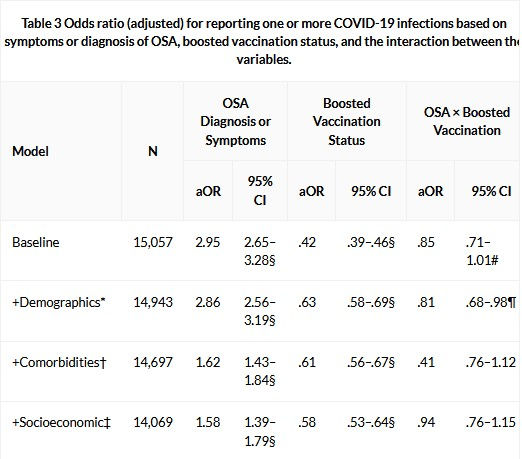Adherence to behavioral recommendations of cognitive behavioral therapy for insomnia predicts medication use after a structured medication taper
- S-Med

- Oct 16
- 2 min read
Our findings suggest that changes in sleep-related behaviors between baseline and the end of CBTI may influence rates of medication discontinuation following SMT. While stability of rise time and stability of TIB at the end of CBTI did not predict medication use outcomes, change in stability did predict outcomes—both with regard to use of BZD-related hypnotics and use of any medication or substance for sleep. Specifically, individuals who increased the stability of their rise time between baseline and the end of CBTI had lower odds of using BZD-related hypnotics 3 months after completing SMT, as compared to individuals with no change or a decrease in the stability of their rise time. Individuals who increased the stability of their rise time also had lower odds of using any medication or substance for sleep at this time point. An increase in the stability of TIB was also associated with lower odds of using BZD-related hypnotics and lower odds of using any medication or substance for sleep 3 months after completing SMT. These results suggest that changes in sleep behaviors may lead to greater success in discontinuing use of medications for sleep. However, an alternative explanation is that an underlying trait influences our predictors and our outcomes: people who adhere to CBTI also adhere to discontinuing use of their medications.
Change in sleep behavior was examined as both a continuous and a categorical variable. When comparing results for the continuous method of measuring change vs the categorical method, there were mixed findings with regard to whether change in rise time was associated with the use of BZD-related hypnotics. Change in rise time stability—measured as a continuous variable—was not associated with use of BZD-related hypnotics. When measured as a categorical variable, change in rise time stability was associated with use of BZD-related hypnotics. Further research is needed to more fully understand the association of change in rise time with subsequent use of BZD-related hypnotics.





Comments